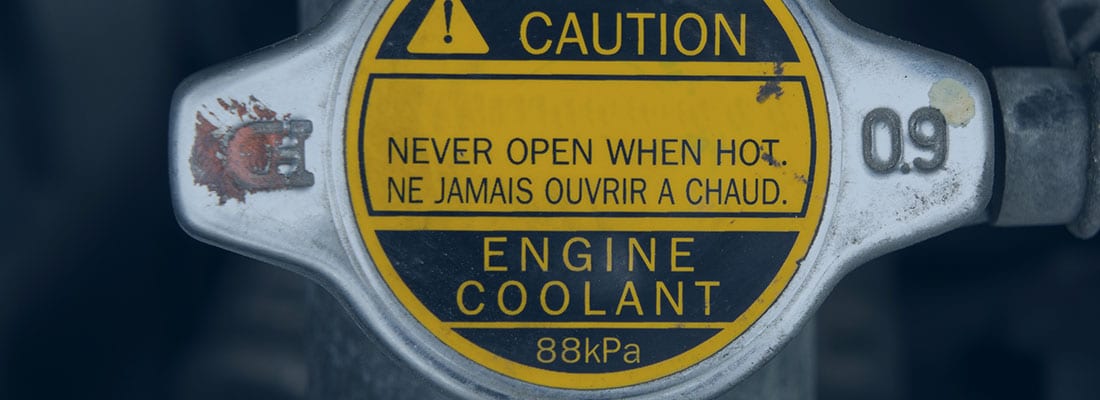Cooling System Do’s and Don’ts
40% of engine failures can be attributed to issues within the cooling system. Knowing the do’s and don’ts for maintaining your cooling system will help protect your equipment, increase reliability and avoid failure. Here’s few things to do and a few things not to do.
Do:
- Use a water that meets specifications
- This includes water being used for top offs, mixing a concentrate and if you are unable to remove the majority of the flush water.
- Water that meets specifications will not add contaminates to cooling system and will help maintain fluid properties.
- Use the same coolant formulation for maintenance adjustments
- If you are unable to use the same coolant in the cooling system (this is recommended), then select a coolant that has similar corrosion protection inhibitors (this will maintain the inhibitor levels for adequate corrosion protection)
- Test your engine coolant and observe fluid at every PM
- Every engine sample should have at least one coolant sample tested by the laboratory to ensure equipment health and fluid properties are adequate
- Catching issues early will stop further corrosion or potential for corrosion by proactively correcting the issues found before catastrophic failure occurs
- Ensure the correct coolant testing is included in your test package
- Testing all inhibitors in the formulation will help determine if the corrosion protection levels are adequate or not
- Advanced testing will help determine if degradation acids are present, identify mechanical issues and determine if the system was contaminated with sulfate and/or chloride
- Using the right test package will provide the best recommendations and protection for your equipment
Do not:
- Use any type of water to mix with antifreeze
- This includes top offs, diluting a concentration or leaving excessive amounts of flush water in the system
- Using hard water that does not meet specifications, will cause scaling of the system components resulting in loss of heat transfer abilities of the cooling system
- Mix different coolant corrosion protection formulations
- Be aware, if you mix an organic formulation with a conventional formulation, some OEMs or coolant manufacturers will state the coolant now must be treated as a conventional antifreeze
- Some OEMs and coolant manufacturers may also only recommend to change out the coolant if mixed. It’s important to know what recommendations for mixing are for you equipment
- Mixing formulations will hinder corrosion protection levels and could cause inhibitor drop out, leaving the system vulnerable for corrosion. Concerns of incompatibility between inhibitors can be concerning for the equipment health, too.
- Put coolant in and forget about the cooling system
- The most preventable engine failure is not maintaining the cooling system. The cooling system should circulate, absorb heat and dissipate heat from the engine. If issues within the cooling system hinder the removal of heat from the engine then equipment issues and eventually engine failure will occur
- Simply choose to just test the cooling system
- Not understanding the proper testing needed for the coolant formulation may not provide the whole picture of corrosion protection levels, equipment health and contamination that may be present in the cooling system
- These can lead to premature engine failures if the cooling system is not being properly maintained
These simple do’s and don’ts are some of the ways to maintain your cooling system from premature engine failures. The cooling system is part of the overall health of your equipment and should not be ignored.
If you aren’t sure what coolant testing is best for your equipment, reach out to us for guidance and explanation. We’re here to answer your questions – and help you save your equipment!
Proven Impact. Proven Uptime. Proven Savings.
Let us prove it to you.





